



 Tech & IT
Tech & IT
 Business
Business
 Coding & Developer
Coding & Developer
 Finance & Accounting
Finance & Accounting
 Academics
Academics
 Office Applications
Office Applications
 Art & Design
Art & Design
 Marketing
Marketing
 Health & Wellness
Health & Wellness
 Sounds & Music
Sounds & Music
 Lifestyle
Lifestyle
 Photography
Photography
More Learnfly
Business Solution Become an InstructorScrum is an Agile framework for managing and organizing work on complex projects. It emphasizes iterative progress, collaboration, and adaptability, using time-boxed iterations called sprints to deliver incremental value and improve project outcomes.

By : Sandi Lee
A comprehensive, pragmatic and easy to understand approach to Scrum...
4.4 851
5:16:35 hrs 67 lectures Beginner Level
.jpg)
By : Sudipta Malakar
Scrum Guide 2020 - The Changes and Way Ahead...
4.1 1009
1:26:43 hrs 13 lectures All Level

By : Omni Academy
Undoubtedly, the most complete: Scrum Agile Project Management, Certification, Leader...
4.3 11847
4:41:59 hrs 122 lectures All Level

By : Akhilendra Singh
Learn Business Analysis & Scrum Agile-Learn business analysis, BRD, Scrum fundamental...
4.7 15140
7:54:37 hrs 45 lectures Beginner Level

By : Alex Kostritsa
Scrum Crash Course! Prepare for Scrum Master certification Scrum methodolog...
4.1 23811
1:0:34 hrs 28 lectures Intermedite Level












Learn more topics in various categories at one place. Explore unlimited courses in other categories and up-skill yourself today.

 Jazeb Akram
Jazeb Akram 4.2 771156 Beginner Level

 John Hedengren
John Hedengren 4.1 569058 All Level

 Ranjan Pandey
Ranjan Pandey 4.1 346725 All Level

 Muhammad Ahsan Pervaiz
Muhammad Ahsan Pervaiz 4.2 101334 All Level

 Pieter Vliegenthart
Pieter Vliegenthart 4.6 100913 All Level

 Jerome P.
Jerome P. 4.8 100878 All Level

 Senol Atac
Senol Atac 4.9 100088 All Level

 Vikas Munjal
Vikas Munjal 4.8 100062 Beginner Level

 Avinash A
Avinash A 4.8 100010 All Level

 Anton Kucher
Anton Kucher11 Lectures Intermedite
.jpg)
 AKHIL VYDYULA
AKHIL VYDYULA8 Lectures Intermedite
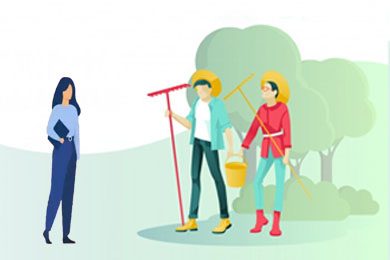
 Nhoeb Khan
Nhoeb Khan17 Lectures Intermedite
.jpg)
 Nhoeb Khan
Nhoeb Khan22 Lectures Intermedite
.jpg)
 Nhoeb Khan
Nhoeb Khan32 Lectures Intermedite
.jpg)
 Fredrick Ezeh
Fredrick Ezeh35 Lectures Intermedite

 Jean-Charles Savornin
Jean-Charles Savornin28 Lectures Intermedite

 NEIL KENDRICK
NEIL KENDRICK32 Lectures Intermedite

 Sandi Lee
Sandi Lee67 Lectures Intermedite

 Vivek Prakash PMP, MCP
Vivek Prakash PMP, MCP 6 Lectures Intermedite

 Sebastian Richard Danful Jnr.
Sebastian Richard Danful Jnr.121 Lectures Intermedite

 Vipesh Singla
Vipesh Singla 21 Lectures Intermedite

 GenZed Learning
GenZed Learning 44 Lectures Intermedite
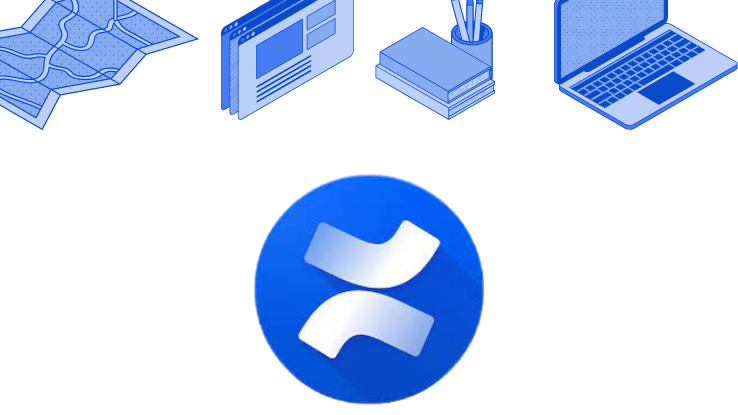
 Noah Tucker
Noah Tucker51 Lectures Intermedite

 Mustafa Karampurwala
Mustafa Karampurwala11 Lectures Intermedite

 Jessica Ingram
Jessica Ingram13 Lectures Intermedite
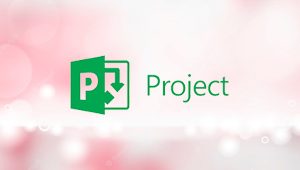
 Mubasher Rehman
Mubasher Rehman8 Lectures Intermedite
.jpg)
 Sudipta Malakar
Sudipta Malakar13 Lectures Intermedite
.jpg)
 Sudipta Malakar
Sudipta Malakar16 Lectures Intermedite

 Sudipta Malakar
Sudipta Malakar15 Lectures Intermedite

 Sudipta Malakar
Sudipta Malakar8 Lectures Intermedite

 Umer Lone
Umer Lone23 Lectures Intermedite
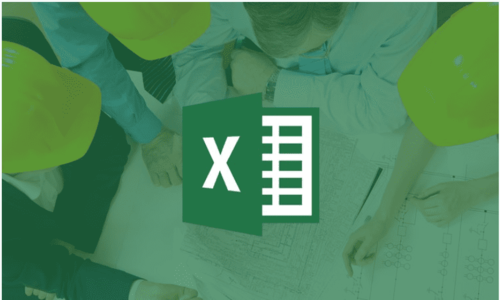
 Mahmoud Talaat
Mahmoud Talaat 7 Lectures Intermedite
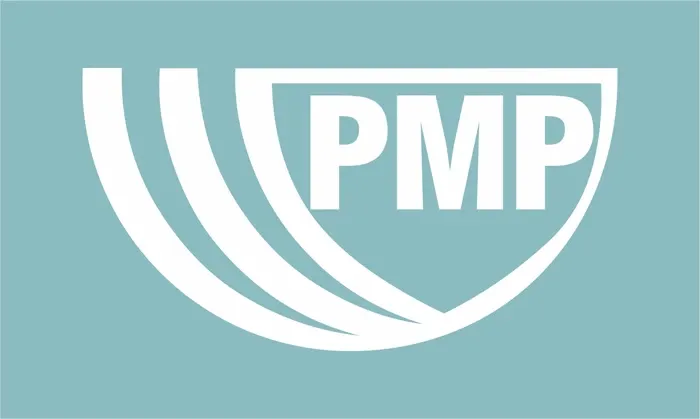
 Tarek Darwish
Tarek Darwish8 Lectures Intermedite
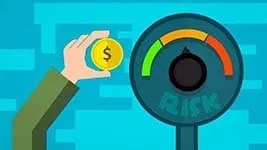
 Tarek Darwish
Tarek Darwish8 Lectures Intermedite
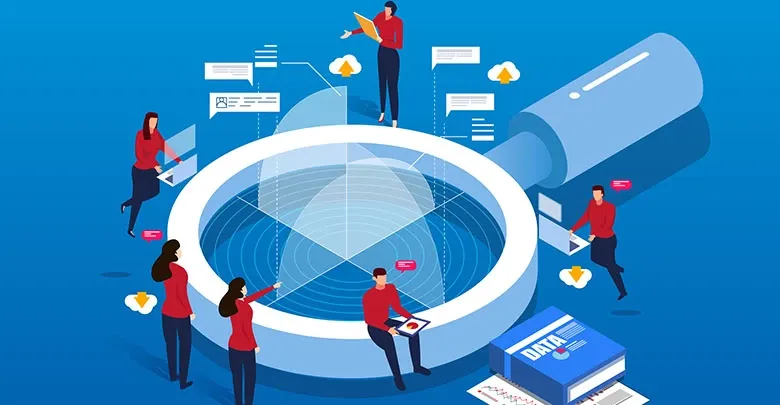
 Tarek Darwish
Tarek Darwish5 Lectures Intermedite

 Tarek Darwish
Tarek Darwish5 Lectures Intermedite

 Jade Ball
Jade Ball 6 Lectures Intermedite

 Svetlina Al-Anati (MSc Eng, CSM, CSPO, SAFe 5.0 SA, LeSS, CSSGB)
Svetlina Al-Anati (MSc Eng, CSM, CSPO, SAFe 5.0 SA, LeSS, CSSGB)6 Lectures Intermedite

 Omni Academy
Omni Academy 122 Lectures Intermedite

 Prime Project Control
Prime Project Control11 Lectures Intermedite

 Danny Liu
Danny Liu39 Lectures Intermedite

 Janam Sandhu
Janam Sandhu9 Lectures Intermedite

 Aytug Isik
Aytug Isik24 Lectures Intermedite
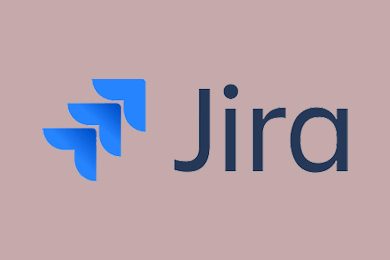
 Danny Liu
Danny Liu44 Lectures Intermedite

 Akhilendra Singh
Akhilendra Singh53 Lectures Intermedite

 Akhilendra Singh
Akhilendra Singh45 Lectures Intermedite

 Alex Kostritsa
Alex Kostritsa28 Lectures Intermedite
Scrum is an Agile framework for project management and product development that emphasizes collaboration, adaptability, and iterative progress. It provides a structured yet flexible approach to delivering high-value products by enabling teams to self-organize and make changes quickly.
Scrum defines three key roles: Scrum Master, Product Owner, and Development Team. The Scrum Master facilitates the Scrum process, the Product Owner represents the stakeholders and defines the product backlog, and the Development Team is responsible for delivering the product increment.
Scrum events include Sprint Planning, Daily Scrum (stand-up), Sprint Review, and Sprint Retrospective. Sprint Planning initiates each sprint, the Daily Scrum fosters daily communication among team members, Sprint Review showcases the completed work, and Sprint Retrospective focuses on continuous improvement.
Sprints are time-boxed iterations (usually 2-4 weeks) during which a potentially shippable product increment is created. Sprints provide a predictable cadence for work, allow for regular inspection and adaptation, and enhance collaboration and transparency within the team.
The product backlog is a prioritized list of features and requirements, while user stories are concise descriptions of functionality from an end-user perspective. These elements guide the team's work, and the Product Owner continuously refines and prioritizes the backlog based on stakeholder needs.





